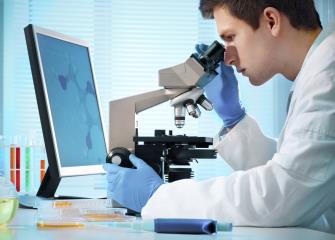Why do you think Henrietta wasn't more vocal about her condition? Give support for your conclusion.
I believe that Henrietta was not more vocal about her condition due to her past. Henrietta grew up in a small community and never really opened up. She was taught to keep stuff to herself and not to tell anyone. Another reason why Henrietta may not have opened up about her conditions was her showing weakness. Henrietta does not want to show weakness to the doctor, her husband, or any of her children. It was bad enough that her race was being segregated, she didn't want people to think her race was also weak. She never opened up to her family since she carries her family's shoulder on her weight. Henrietta cares for Day and cooks/cleans for her children. If they knew she was in pain, her family will feel pity and attempt to do everything by themselves.





